Offboarding
What is Offboarding in HR?
Offboarding is the transition process as an employee leaves the company, whether through voluntary quitting, layoffs, or being fired. This can involve reassigning tasks, conducting exit interviews, revoking access credentials, and returning company equipment.
There are many reasons why your organization should have an Offboarding process every bit as robust and consistent as your Onboarding process. It helps avoid any unnecessary legal risk by ensuring the whole process is well-documented and applied equally to all employees; it minimizes the chances of security or data breaches due to disgruntled former employees or lost information; it ensures that projects, contacts, and work-in-progress is not left hanging; it can even help your organization maintain a positive reputation.
Example
Because James quit and walked out on the spot, we didn’t have a chance to do a proper offboarding – all his projects are left up-in-the-air and now we even have to hound him to return the company laptop.
Frequently Asked Questions
- What’s the difference between Onboarding and Offboarding? While Onboarding is the process of integrating a new hire into the organization legally, professionally, and culturally, Offboarding is the same process, but in reverse. When an employee is transitioning out of an organization (whether due to retiring, accepting a role with a different employer, or being fired/laid off), Offboarding is the process that seeks to make this transition as safe, civil, and mutually beneficial as possible.
- Why is it important to have an Offboarding process? There are many reasons why your organization should have an Offboarding process every bit as robust and consistent as your Onboarding process. It helps avoid any unnecessary legal risk by ensuring the whole process is well-documented and applied equally to all employees; it minimizes the chances of security or data breaches due to disgruntled former employees or lost information; it ensures that projects, contacts, and work-in-progress is not left hanging; it can even help your organization maintain a positive reputation.
- How does Offboarding help improve a business? Offboarding isn’t just about sparing the feelings of a former employee and making sure all your ducks are in a row; it can be a useful part of improving your business going forward. A good Offboarding process can uncover loose ends that otherwise might’ve fallen through the cracks, and it can result in getting useful feedback from former employees – an employee leaving for another job may have good insight into what the company could’ve done to keep them, or a fired employee’s tenure can be used for research into making more fitting hires in the future.
- Is an exit interview part of Offboarding? While an Exit Interview is neither a required part of the Offboarding process (or even a necessary element), it often is used for employers and outgoing employees to make sure they’re all on the same page. In addition to giving employers useful information as detailed above, an exit interview can help employees leave on better terms and can be a useful physical meeting to ensure that the entire Offboarding checklist is complete.
PEOPLE-CENTERED PLATFORMS FOR A CHANGING WORLD
The workplace is evolving faster than ever before thanks to new HR solutions, rapidly developing technology, ever-present digital security threats, and more, and you need a partner that will help your organization stay agile and on top of the moment.
From strategic talent management to the best onboarding technology, Rival offers secure platforms that enable people to thrive in a changing workplace. Contact Rival today to talk to an expert to see how we can help you attract the best talent and keep them on board and performing up to your expectations.



















